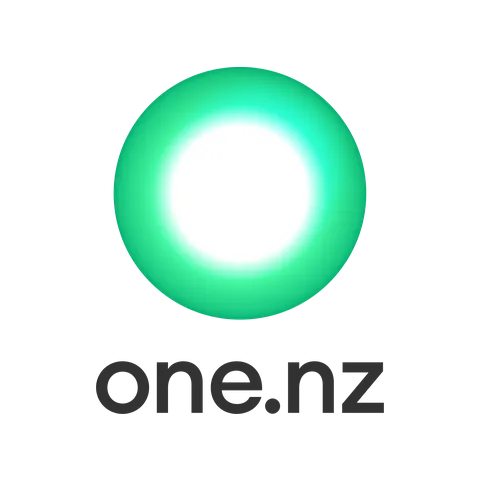One NZ, Vodafone New Zealand Limited, provides telecommunication services in New Zealand. It offers mobile, broadband, and television services to individuals and business clients. The company was incorporated in 1998 and is based in Auckland, New Zealand. Vodafone New Zealand Limited operated as a subsidiary of Vodafone Europe B.V. until its sale to local infrastructure investment firm Infratil and Canada’s Brookfield Asset Management.
The company has invested millions of dollars in its 3G network, improving capacity in congested urban areas. It has New Zealand's first 4G LTE network and continues to maintain its 2G network. In February 2013, Vodafone New Zealand launched their LTE network which is currently available in 54 centres in total.
In October 2006, Vodafone bought ihug, New Zealand's third largest Internet service provider and now provides Internet service under the Vodafone New Zealand brand name. In 2012 Vodafone also bought TelstraClear, making it NZ's second largest ISP.
In September 2022 Vodafone began rebranding to One NZ, with the official launch occurring April 2023.

3G Network
Vodafone launched its 3G UMTS network in New Zealand in October 2006. The network implemented B1 (2100 MHz) and B8 (900 MHz), providing data rates up to 42 Mb/s using DC-HSPA+ on both bands. Vodafone announced its 3G shutdown date in August 2022, indicating that the company would turn off its last site by end of August 2024.
3G Frequency Bands
| Network Frequency Band | Status |
|---|---|
|
Shutting Down
|
|
|
Shutting Down
|
3G Network Events
| Date | Event | Subtype |
|---|---|---|
|
|
Launch of 3G Network
|
Launch
|
4G Network
Vodafone began providing commercial 4G LTE services in February 2013 initially over B3 (1800 MHz). The company went on to deploy B28 (700 MHz) services for rural areas beginning 18th July 2014. Further improvements were made public in October 2015 with the announcement of LTE-Advanced using 3C CA with an additional B7 (2600 MHz) carrier.
Following Spark's IoT network announcement, in July 2017 the company announced its plans to begin rollout of a nationwide LPWA network based utilising NB-IoT (LTE Cat-NB1). Vodafone commercially launched both NB-IoT and eMTC (LTE-M) networks in November 2018 over the operator's existing 4G LTE spectrum.
4G Frequency Bands
| Network Frequency Band | Max. Channel Bandwidth | Status | Known EARFCNs |
|---|---|---|---|
|
20
|
Active
|
100
|
|
|
20
|
Active
|
1800
|
|
|
20
|
Active
|
3375
|
|
|
5
|
Active
|
3722
|
|
|
15
|
Active
|
9485
|
4G Network Events
| Date | Event | Subtype |
|---|---|---|
|
|
Launch of 4G Network
|
Launch
|
5G Network
In July 2019 Vodafone New Zealand announced it would switch on its 5G network in Auckland, Wellington, Christchurch and Queenstown in December. The initial network deployment consisted of 100 dedicated 5G base stations and a further 20 cell-on-wheels. The network consists of an n257 (28 GHz) mmWave service along with a conventional n78 (3500 MHz) mid-band carrier once spectrum auctions conclude.
In late August 2019 Vodafone announced that five cell sites in Mangere, South Auckland had been upgraded to 5G and made live for network testing ahead of the commercial launch of its 5G network in December 2019.
Vodafone initially held 32 MHz of 3500 MHz band spectrum, later increasing to 80 MHz in May 2023 following a government spectrum auction.
5G Frequency Bands
| Network Frequency Band | Max. Channel Bandwidth | Status |
|---|---|---|
|
80
|
Active
|
5G Network Events
| Date | Event | Subtype |
|---|---|---|
|
|
Launch of 5G Network
|
Launch
|